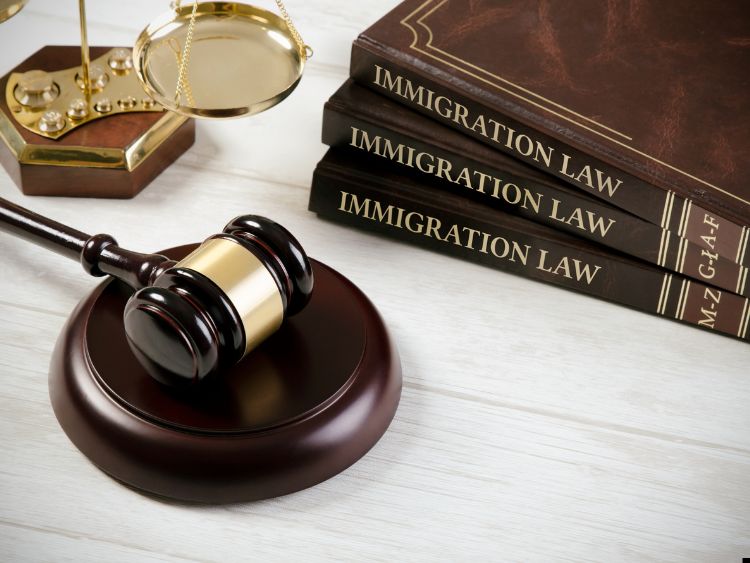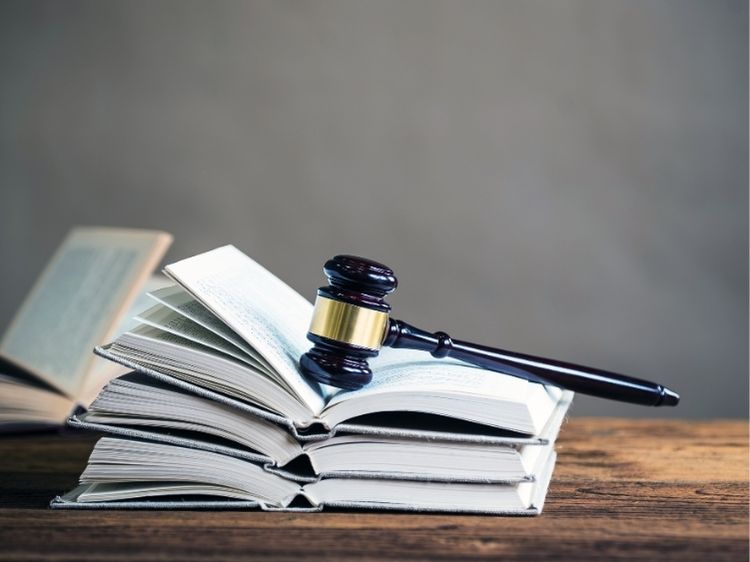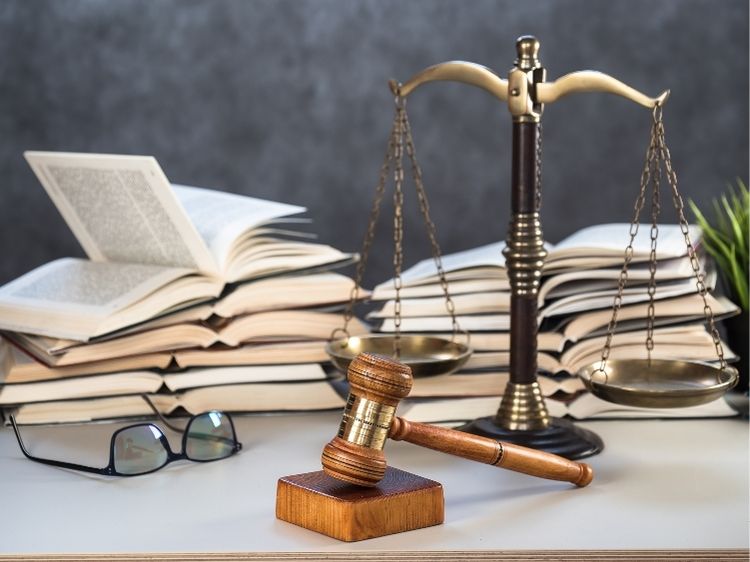Strict Liability vs. Negligence: Understanding the Key Differences
When it comes to the legal world, the concepts of strict liability and negligence are two fundamental doctrines that often arise in cases involving personal injury, product liability, or even environmental harm. These terms, while seemingly straightforward, carry significant implications in the courtroom and for individuals involved in legal disputes. Understanding the differences between strict liability and negligence is crucial, whether you’re a law student, a legal professional, or simply someone interested in knowing your rights and responsibilities.
Imagine you’re driving down the road, minding your own business, when suddenly, out of nowhere, a tire from a passing truck flies off and hits your car. You’re injured, your vehicle is damaged, and now you’re wondering, “Who’s responsible?” Is it the driver, the manufacturer of the tire, or perhaps someone else? The answer lies in understanding the legal concepts of strict liability and negligence.
In this article, we’ll dive deep into the world of strict liability and negligence, exploring their definitions, applications, and key differences. By the end, you’ll have a solid grasp of these legal principles and how they might apply in various situations.
What is Strict Liability?
Strict liability is a legal doctrine that holds a party responsible for their actions or products, regardless of fault or intent. In other words, under strict liability, a defendant can be held liable for damages even if they took all possible precautions to prevent harm. This principle is often applied in cases involving abnormally dangerous activities, defective products, and certain types of animal attacks.
Key Characteristics of Strict Liability:
- No Need to Prove Fault: Unlike negligence, where the plaintiff must demonstrate that the defendant acted carelessly, strict liability doesn’t require proof of fault. The mere occurrence of harm is enough to establish liability.
- Common in Product Liability Cases: Manufacturers and sellers can be held strictly liable if a product is found to be defective and causes injury. For example, if a child’s toy is found to have a choking hazard and causes harm, the manufacturer could be held liable under strict liability, even if they took all steps to ensure the product was safe.
- Abnormally Dangerous Activities: Activities that are inherently dangerous, such as using explosives or keeping wild animals, often fall under strict liability. If harm results from these activities, the party responsible can be held liable without the need to prove negligence.
Examples of Strict Liability
- Defective Products: If a manufacturer sells a product with a defect that makes it unreasonably dangerous, they can be held strictly liable for any injuries that result. For instance, if a car’s brakes fail due to a design flaw, the manufacturer could be held liable for any resulting accidents.
- Abnormally Dangerous Activities: If a company is involved in blasting operations and a nearby property is damaged by the resulting vibrations, the company could be held strictly liable for the damage, even if they followed all safety regulations.
- Animal Attacks: In some jurisdictions, if a person owns a dangerous animal, such as a lion or a pit bull with a history of aggression, and the animal harms someone, the owner may be held strictly liable for the injuries.
What is Negligence?
Negligence, on the other hand, is a legal doctrine that holds individuals or entities accountable for failing to act with the level of care that a reasonable person would have exercised in the same situation. To succeed in a negligence claim, the plaintiff must prove that the defendant’s actions (or inactions) directly caused their injury or loss.
Key Characteristics of Negligence:
- Duty of Care: The defendant must have owed a duty of care to the plaintiff. For example, a driver has a duty to obey traffic laws and drive safely.
- Breach of Duty: The plaintiff must show that the defendant breached this duty by acting in a way that a reasonable person would not have. This could include actions like texting while driving or failing to maintain a safe environment in a store.
- Causation: The plaintiff must prove that the defendant’s breach of duty directly caused their injury. This involves both actual causation (the injury would not have happened but for the defendant’s actions) and proximate causation (the injury was a foreseeable result of the actions).
- Damages: Finally, the plaintiff must have suffered actual harm or loss as a result of the defendant’s actions. This could include physical injuries, emotional distress, or financial losses.
Examples of Negligence
- Car Accidents: A driver runs a red light and crashes into another vehicle. The injured party could sue the driver for negligence, arguing that the driver failed to exercise reasonable care by obeying traffic laws.
- Medical Malpractice: A surgeon leaves a surgical instrument inside a patient’s body. The patient could sue the surgeon for negligence, asserting that the surgeon failed to perform their duties to the standard expected of a competent professional.
- Slip and Fall: A store owner fails to clean up a spill, and a customer slips and injures themselves. The customer could claim negligence, arguing that the store owner had a duty to maintain a safe environment.
Strict Liability vs. Negligence: Key Differences
Now that we’ve defined both strict liability and negligence, let’s explore the key differences between the two concepts:
- Fault Requirement: The most significant difference is the need to prove fault. Negligence requires the plaintiff to prove that the defendant was at fault through a lack of reasonable care. In strict liability cases, fault is not an issue; the defendant can be held liable simply because the harm occurred.
- Application: Strict liability is typically applied in cases involving dangerous activities or defective products, where the risk of harm is so high that the law imposes liability regardless of fault. Negligence applies more broadly to any situation where a person or entity fails to act with reasonable care.
- Defenses: Defendants in negligence cases can argue that they acted reasonably under the circumstances, or that the plaintiff contributed to their own injury (contributory or comparative negligence). In strict liability cases, defenses are more limited, as the focus is on the harm caused rather than the defendant’s conduct.
- Burden of Proof: In negligence cases, the burden of proof lies heavily on the plaintiff to demonstrate that the defendant’s actions directly led to their injury. In strict liability cases, the burden shifts, making it easier for plaintiffs to succeed as they do not need to prove fault.
FAQs about Strict Liability and Negligence
Q: Can a defendant be held liable under both strict liability and negligence? A: Yes, in some cases, a defendant can be held liable under both doctrines. For example, if a manufacturer’s defective product causes injury, they could be held strictly liable for the defect, and also negligent if it’s proven they failed to meet safety standards.
Q: Are there any defenses to strict liability? A: While defenses in strict liability cases are limited, a defendant might argue that the plaintiff assumed the risk or that the harm was caused by the plaintiff’s misuse of the product.
Q: How do courts determine whether to apply strict liability or negligence? A: Courts consider the nature of the activity, the level of risk involved, and public policy considerations. Strict liability is often applied in situations where it’s important to protect the public from significant risks.
Q: Is strict liability more common in certain industries? A: Yes, strict liability is commonly applied in industries dealing with hazardous materials, pharmaceuticals, and consumer products. These industries are held to high standards to ensure public safety.
Q: What should I do if I believe I have a strict liability or negligence claim? A: It’s important to consult with a legal professional who can evaluate your case, explain your rights, and guide you through the legal process.
Conclusion
Understanding the difference between strict liability and negligence is crucial for anyone navigating the legal landscape, whether as a plaintiff, defendant, or legal professional. While both doctrines aim to provide justice, they do so through different approaches, each with its own set of rules and implications.
Strict liability simplifies the plaintiff’s burden by eliminating the need to prove fault, making it easier to hold parties accountable in certain high-risk situations. Negligence, on the other hand, requires a detailed examination of the defendant’s conduct, emphasizing the importance of reasonable care in everyday activities.
In any legal matter, it’s essential to understand which doctrine applies to your case, as this can significantly impact the outcome. If you find yourself involved in a legal dispute involving strict liability or negligence, seeking expert legal advice is the best course of action.



